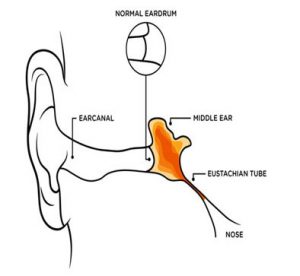
Barotitis is an acute inflammation, which occurs due to that a negative pressure builds up in the middle ear. This occurs when there is a change in surrounding atmospheric pressure, e.g. in the cabin of an aircraft, particularly when descending. The characteristics of Barotitis are pain and temporary hearing impairment in the affected ear. Occasionally there may be vertigo and a hearing impairment of a more permanent nature. With OTOVENT® , equalizing the pressure is easy.
WHAT HAPPENS TO THE EARS WHEN FLYING?
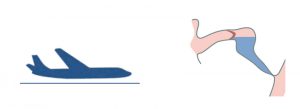
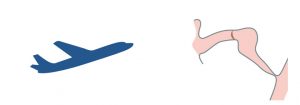
Dysfunction of the Eustachian tube with negative pressure in the middle ear. The eardrum bulges inwards and hearing is
almost normal.
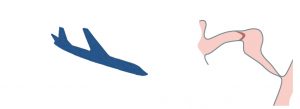
Negative pressure in the middle ear. The eardrum bulges in and hearing is impaired.

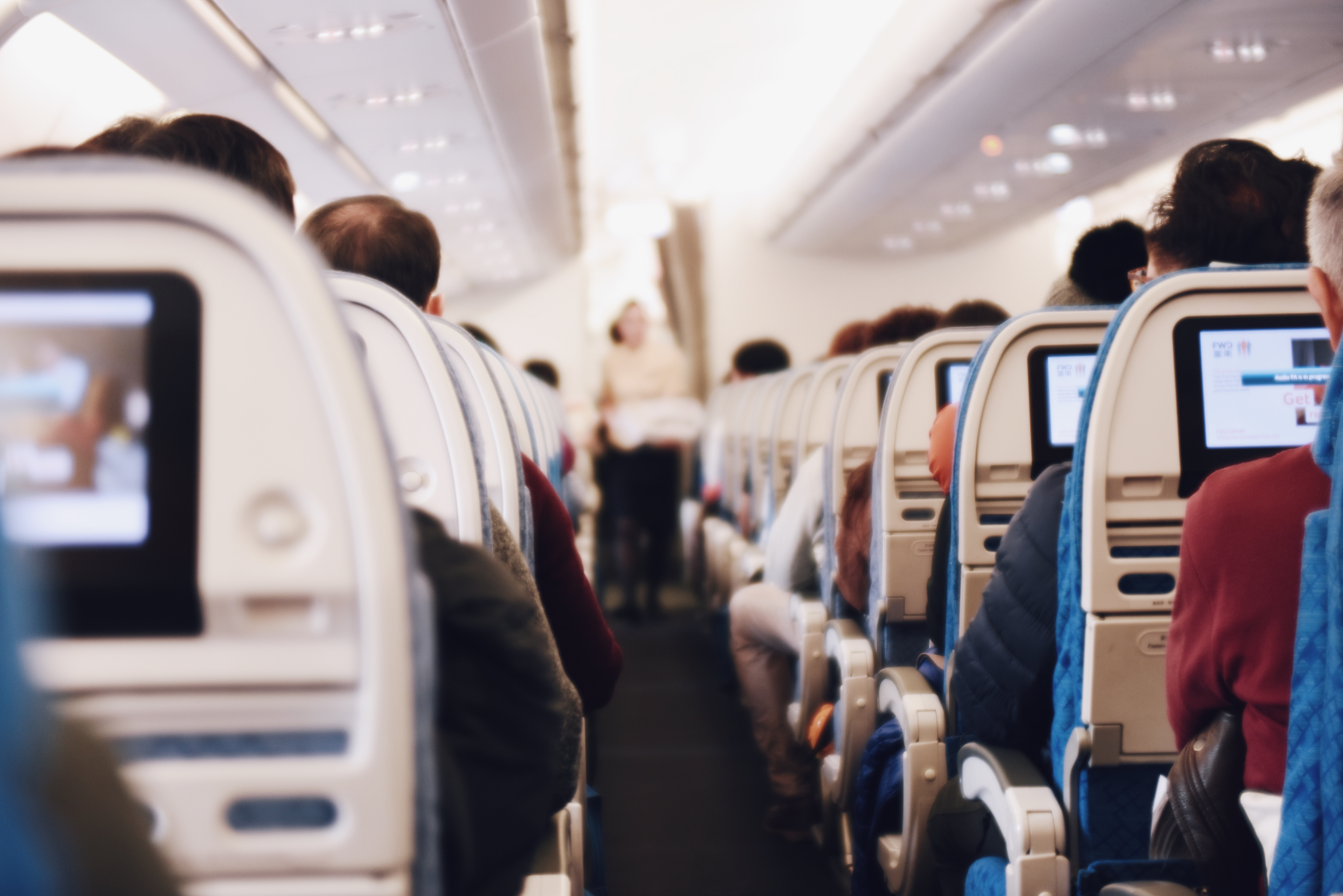
HOW TO USE THE OTOVENT?
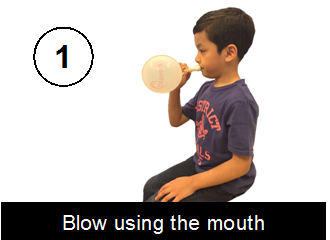
Connect the balloon to the nose piece. Hold the round part of the nose piece firmly against the right nostril with the right hand. Press the left nostril closed with the left hand.
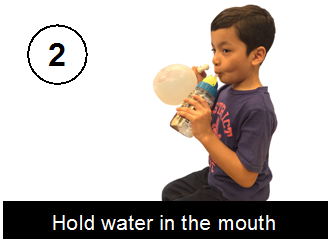
Inhale deeply, close the mouth and inflate the balloon until it is the size of a grapefruit by blo- wing through the nostril.
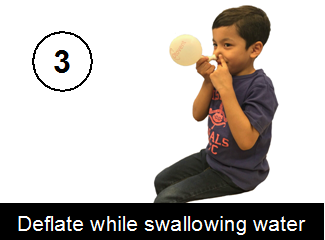
Repeat the procedure with the left nostril. You will know that the treatment works if the child experiences a pressure increase and/or a “click” in the ear.
If the child does not experience any change:
Repeat step 2, then incline the head slightly forward and turn the head to the right.
Repeat step 3, when the balloon is inflated, try to swallow. Observe that the nose piece should be held tightly against the nostril.
You will know that the treatment works if your child experiences a pressure increase and/or a “click” in the ear.
F.A.Q.
1. Can I use a normal balloon?
No, you should only use an Otovent inflation device, which is a medical instrument specifically designed to apply pressure on the Eustation tubes. If you use a balloon you run the risk of the pressure causing damage or the pressure may be insufficient to alleviate glue ear.
2. Can I just purchase extra Otovent inflation devices?
No, Otovent can only be purchased with a set containing 1 applicator and five inflation devices.
3. Can using Otovent damage my ears?
No. Otovent has undergone rigorous and comprehensive clinical trials and tests to guarantee its safety.
4. Should my child continue to use Otovent if suffering from a cold?
No. Otovent should be avoided if you child is suffering from a cold or nasal congestion.
5. When my child first tried Otovent we found it uncomfortable and did not like the sensation. Is this normal?
Like anything that is new to some children, they find using the Otovent device uncomfortable to begin with. One way of overcoming this obstacle as a parent is to try the Otovent device yourself in order to demonstrate that the device is safe and pain free to use. Quite often, a child may experience a “clicking” sensation or movement in their ears, which means the “glue” is moving and that the device is working.
6. How can I help my child inflate the Otovent device?
You can either stretch the inflation device to help them get started or inflate the device for them.
7. Can we take the Otovent on an airplane if we go on holiday?
Yes. You may use the Otovent on an airplane with complete confidence. The device can be used as normal when your child feels discomfort in their ear. Otovent has also undergone clinical trials which prove it is effective for treating some ear problems caused by flying.
8. What does using Otovent feel like?
The Otovent applies pressure to the Eustachian tube that connects the inner ear with the back of the throat. When air travels through the Eustachian tube it equalizes the pressure behind the eardrum with the pressure outside. This causes a popping sensation similar to that you experience when ascending or descending in an aeroplane. If you are suffering from glue ear you will feel the “glue” move. This is as a result of it starting to drain away and is a sign the Otovent is working.
9. Is Otovent available on prescription?
Yes. It is available on prescription from your healthcare provider.
10. Will Otovent definitely work?
Clinical data demonstrates that Otovent works in 64% of the more severe cases (hospital cases) where the course of treatment is correctly carried out. It is likely (but as yet unknown) that the rates of cure will be even higher when applied earlier e.g. in primary care (at the GPs / nurses practice), but it is just as important to complete the course correctly for good results.
- The latest research, conducted the University of Southampton (Williamson et al. 2015), has found that children using Otovent® experienced fewer days with any glue ear related symptoms compared to those that didn’t at both one and three months. Read more about the clinical trial on Otovent® here.
11. How often should I use Otovent?
The use of Otovent is best spread three times a day or at least twice a day if that is not possible. The manufacturers recommend initial treatment for two to four weeks after which your GP practice should decide whether or not you should continue treatment.
12. How long has Otovent been available in the Malaysia?
Otovent has been available in Malaysia since 2006 and gradually became a well known option for Otitis Media treatment as well as a preferred tool for air travellers to treat the pain accompanied by taking off and landing.
13. What clinical data is available on Otovent?
Please click here.
14. Who can use Otovent?
Adults and co-operative children – some as young as three years of age – can use Otovent.
15. When should I start to use Otovent?
Otovent is available over the counter, is very safe, and there is no reason that some families shouldn’t use the device if they wish to, but it is much more likely to be effective if the condition is assessed properly by the health service and individual support is given. Clinical recommendations for glue ear include active monitoring for three months as many children with this very common condition get better themselves without any treatment. Therefore, at the moment, it is best to seek advice based on individual assessment of your child by the GP or practice nurse on how long to wait before trying this treatment. Hopefully research will resolve this important question in the not too distant future. Ideally it should be applied at a stage where your child has sufficient ear related problems (not just fluid in the ears because this is very common) to make treatment worthwhile.

